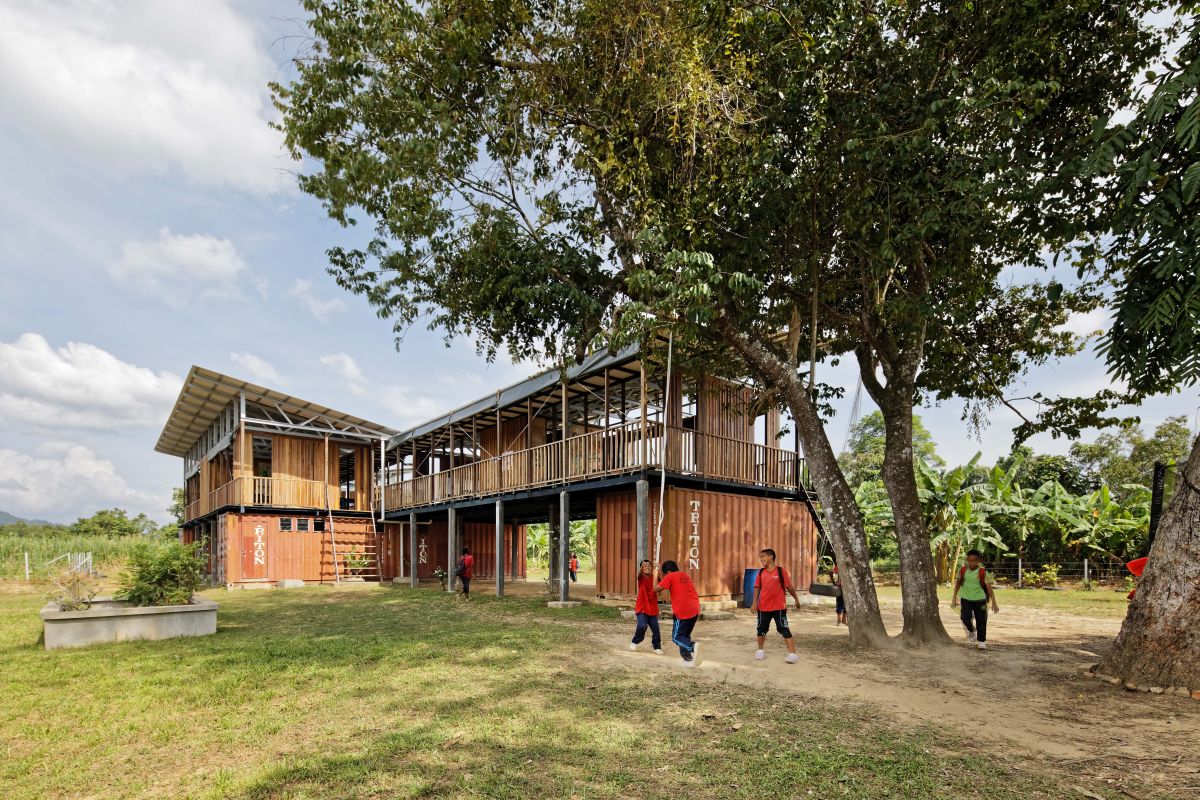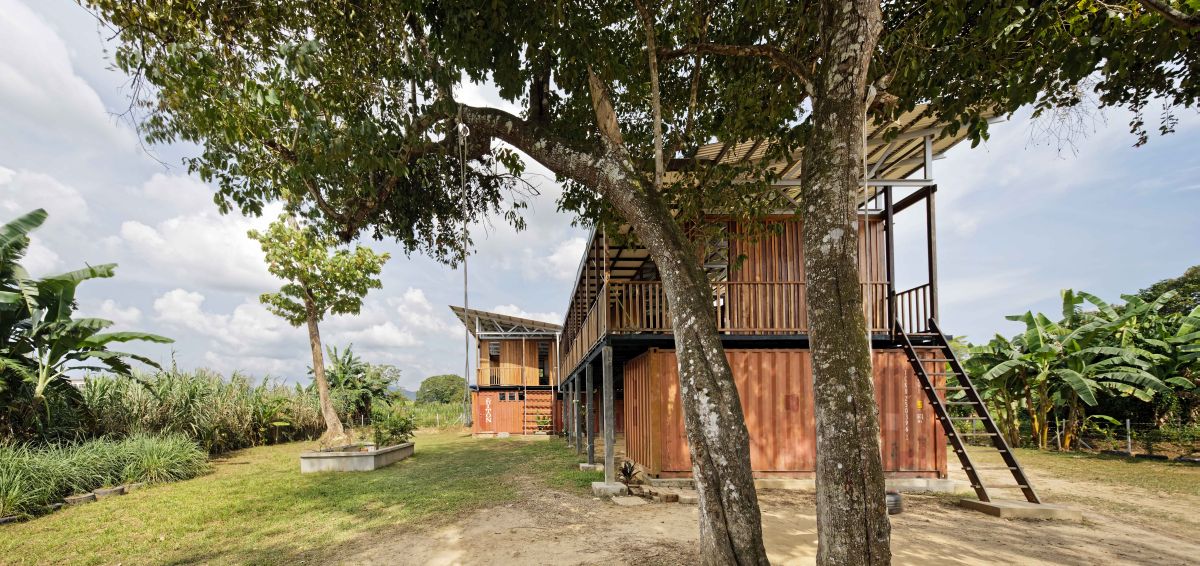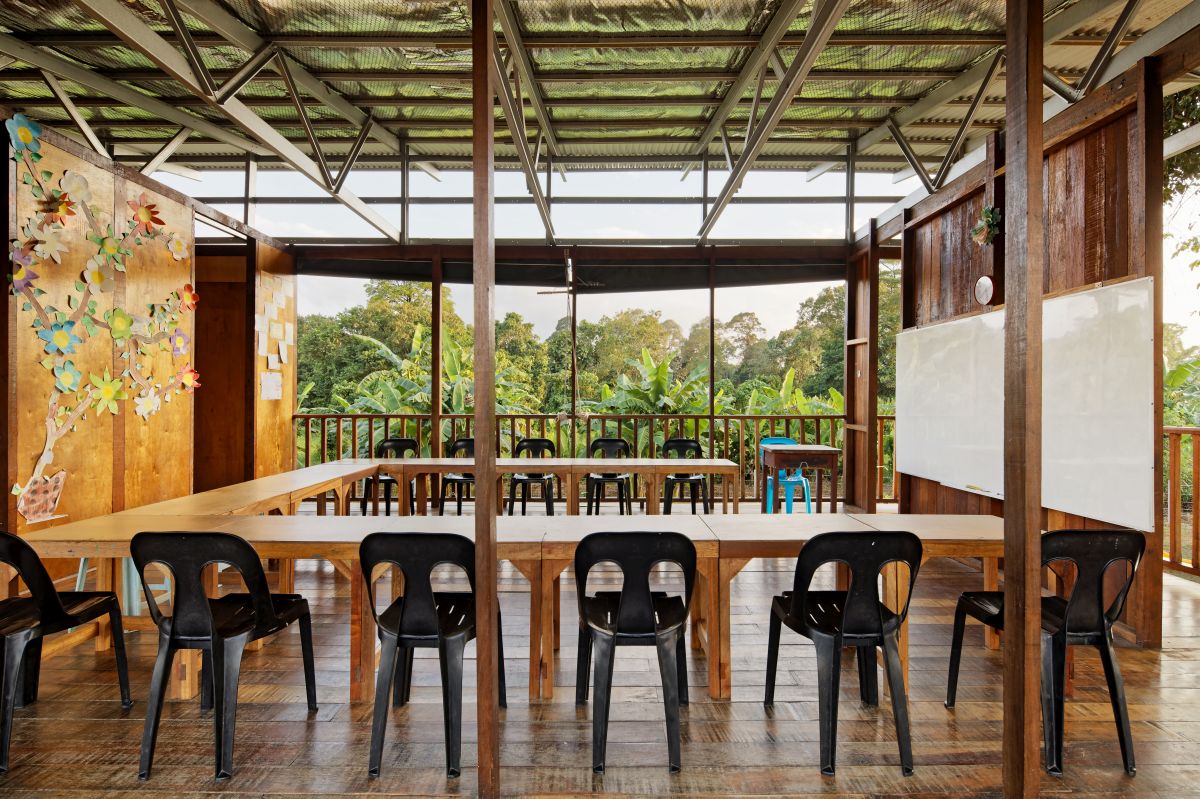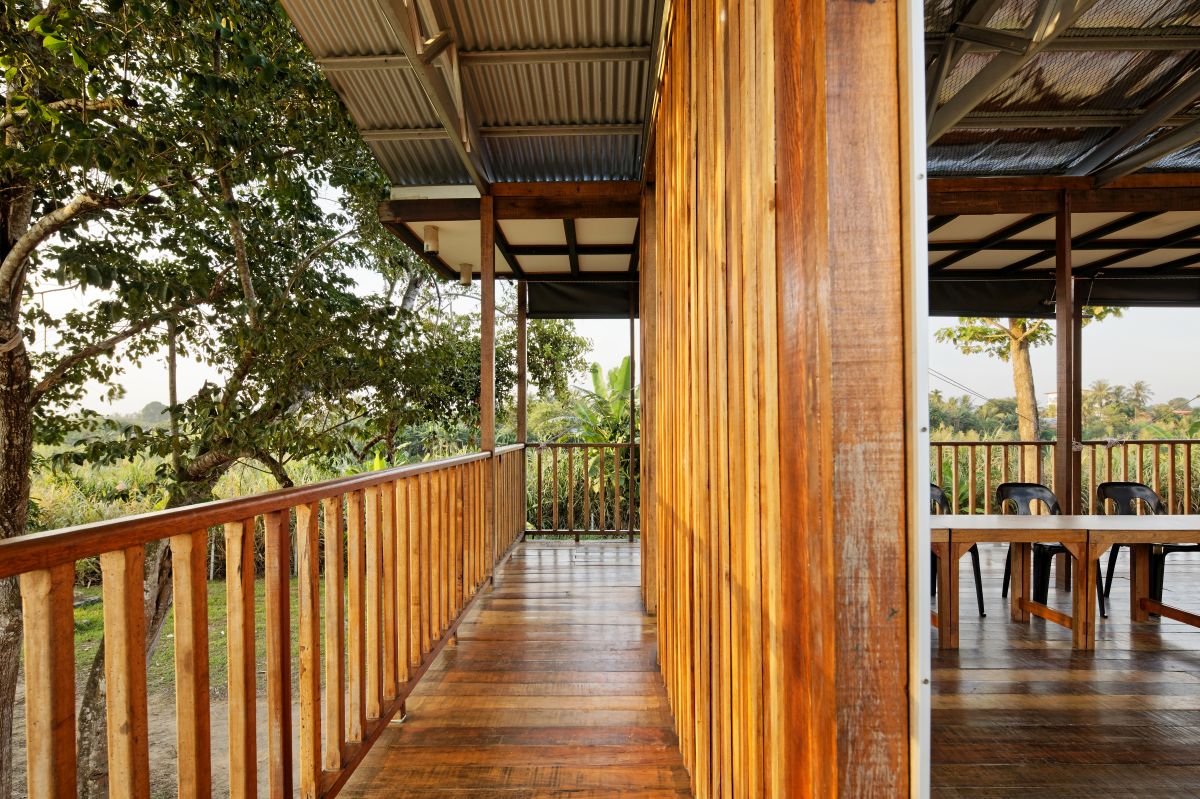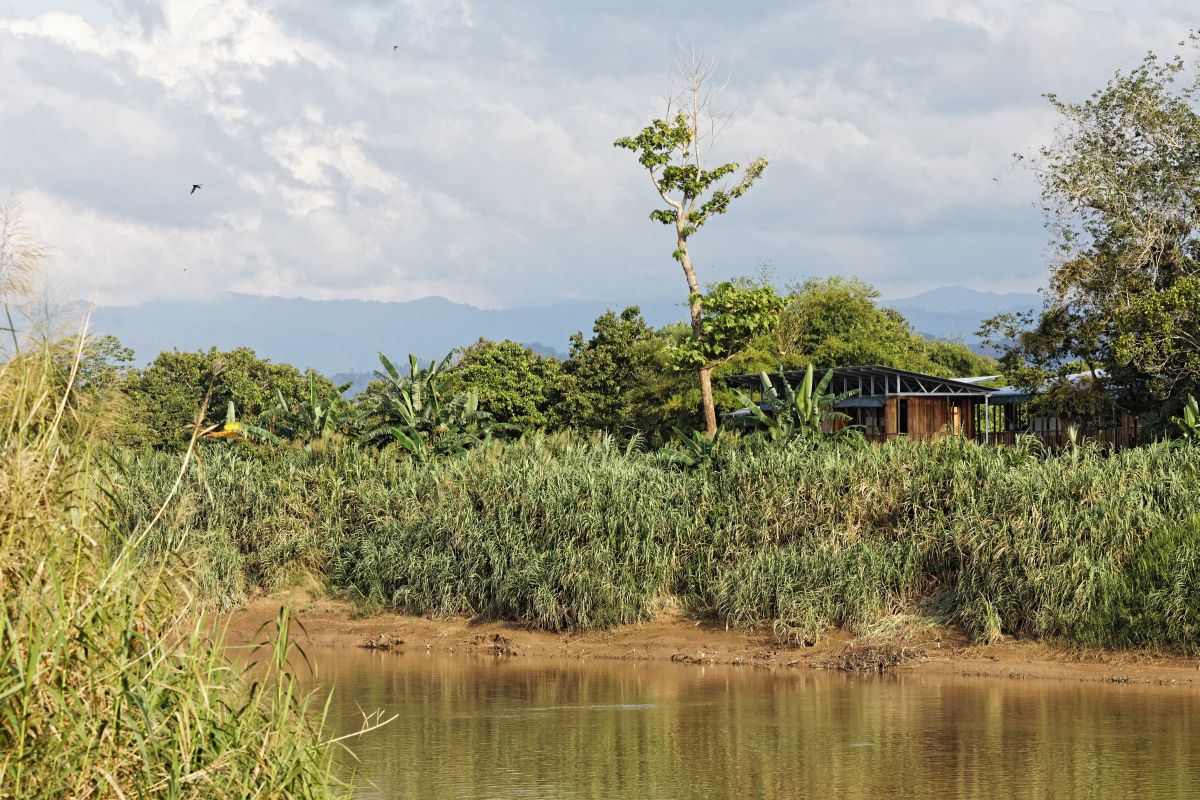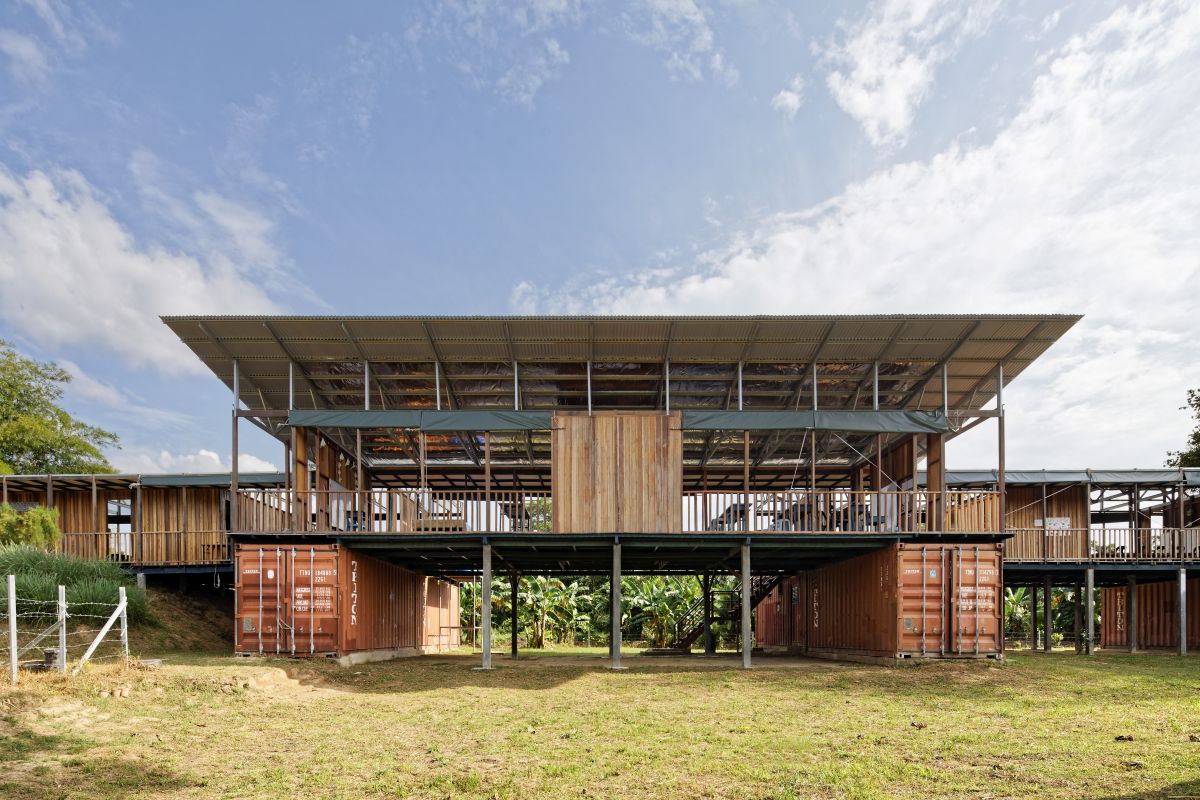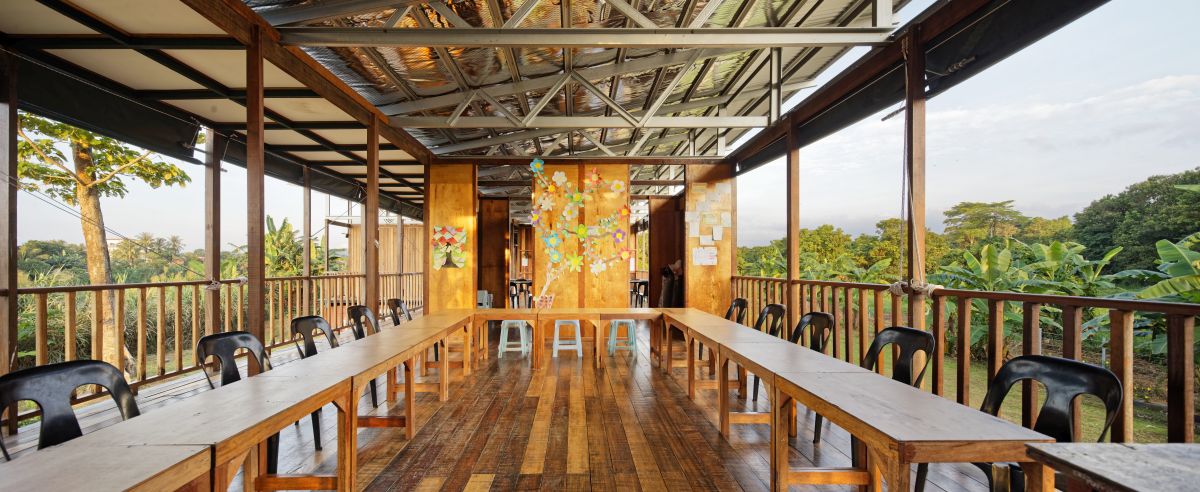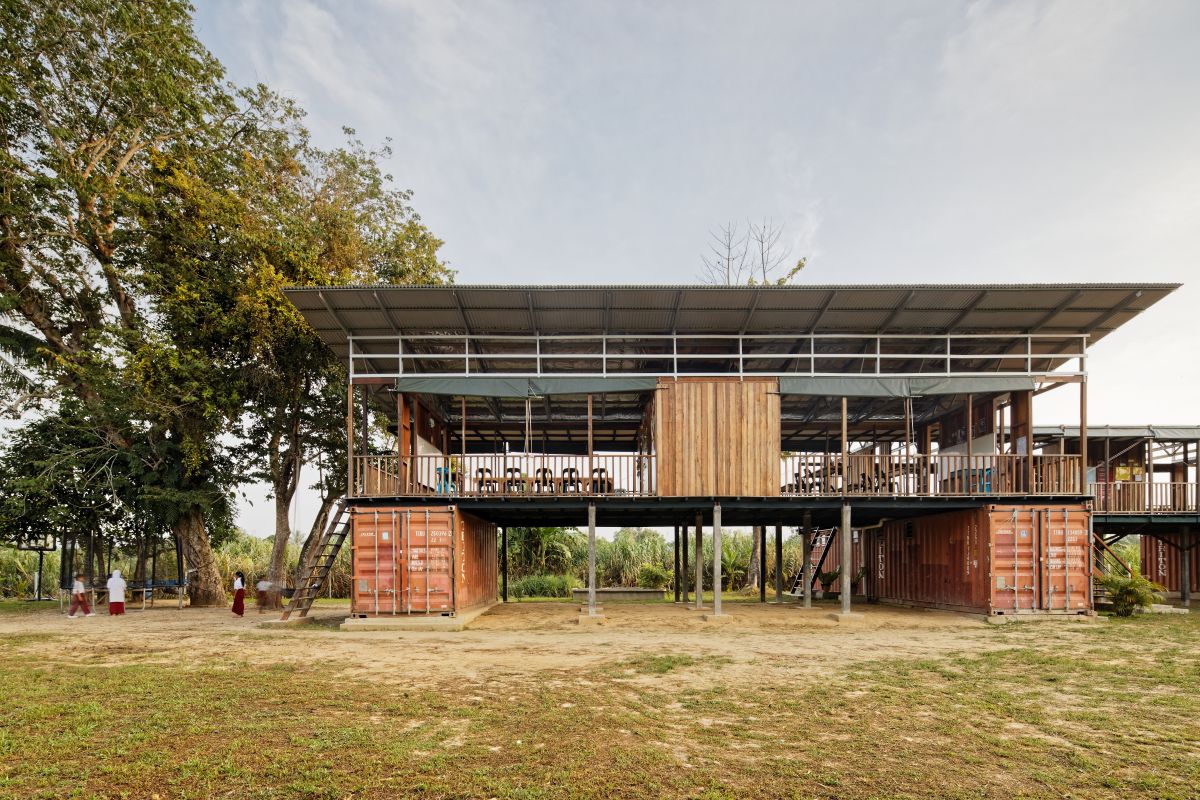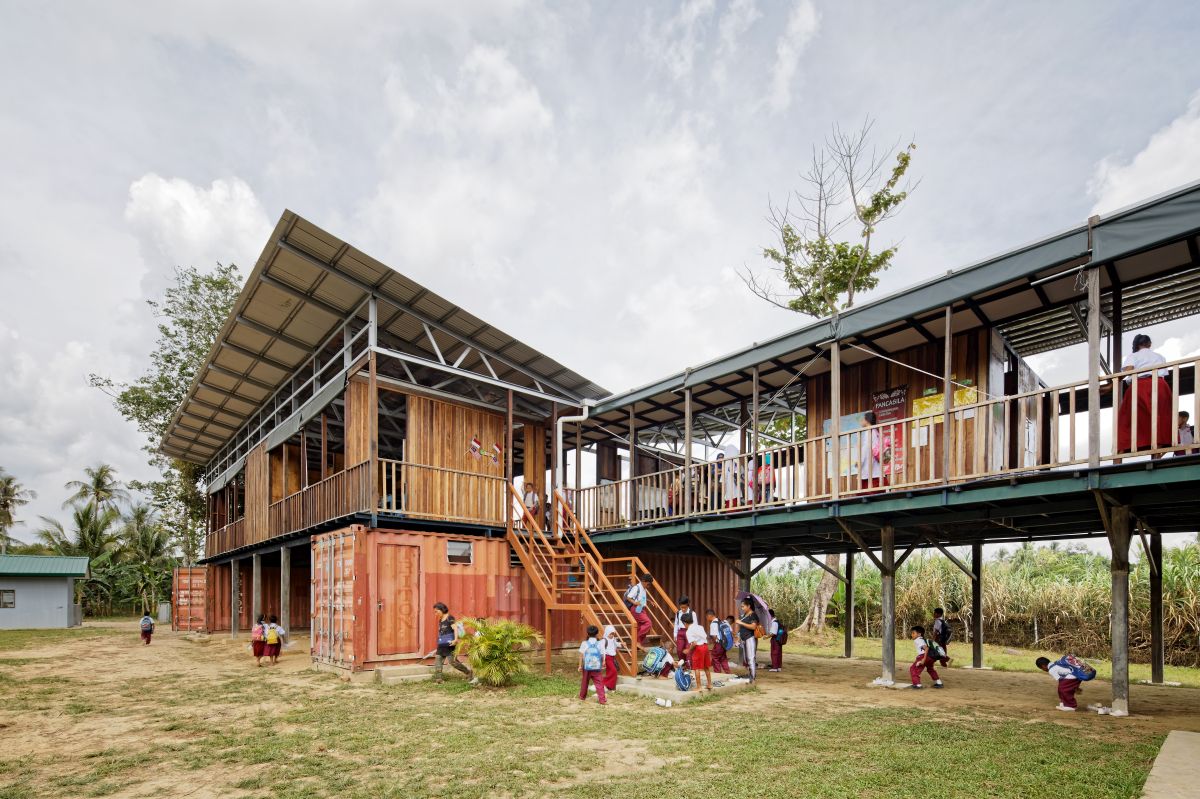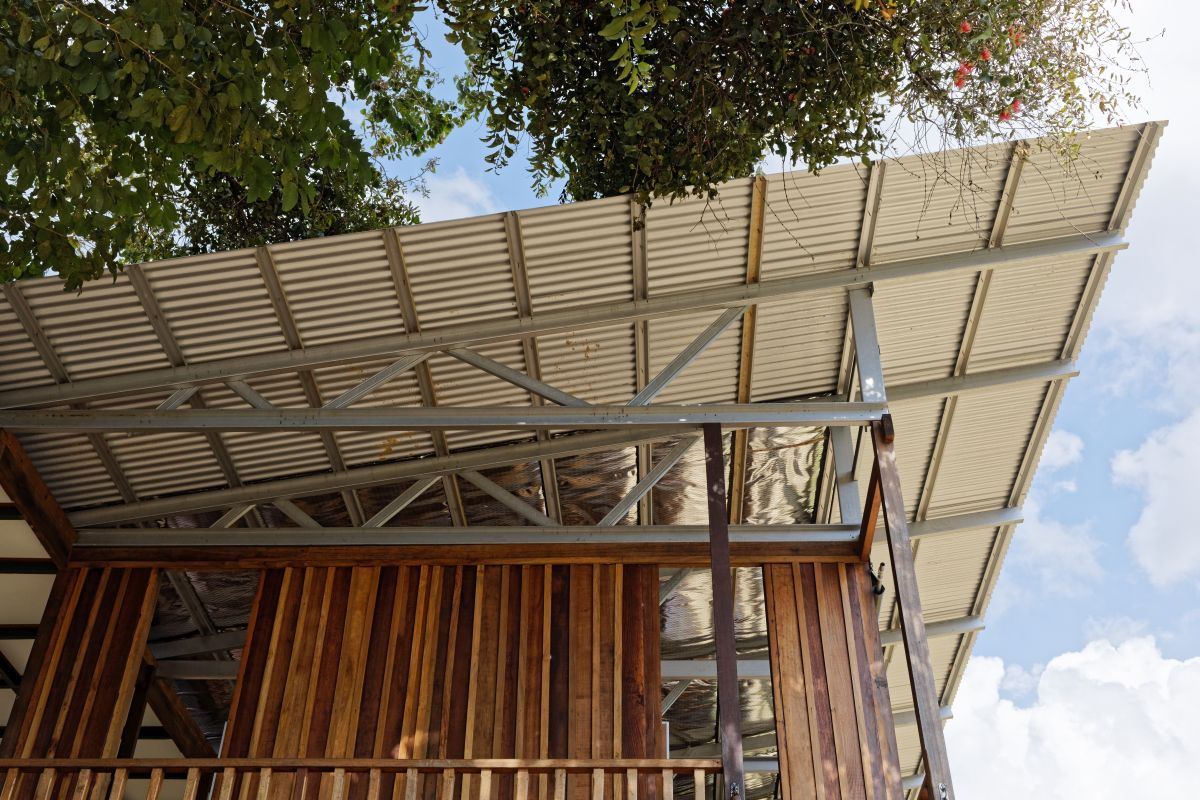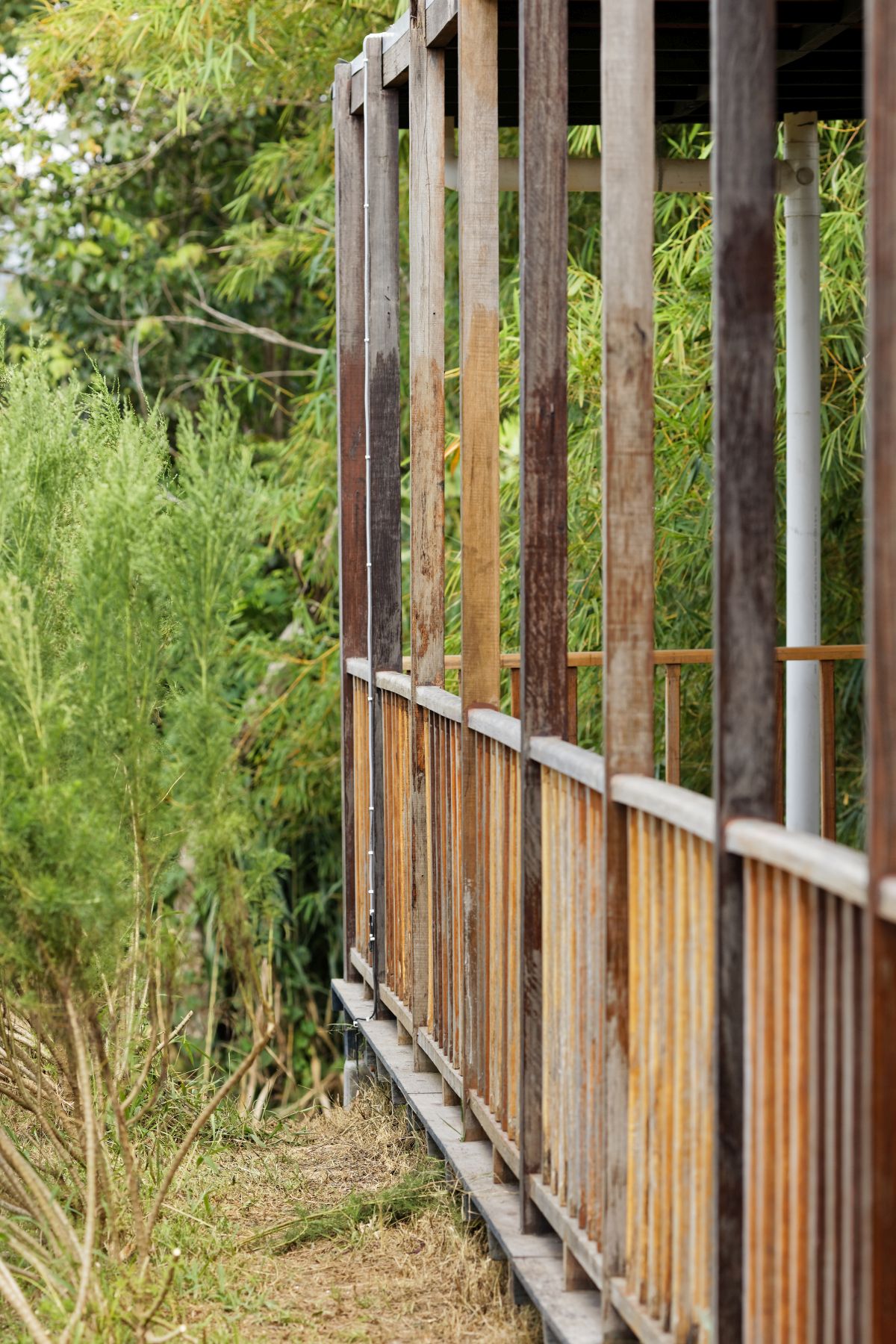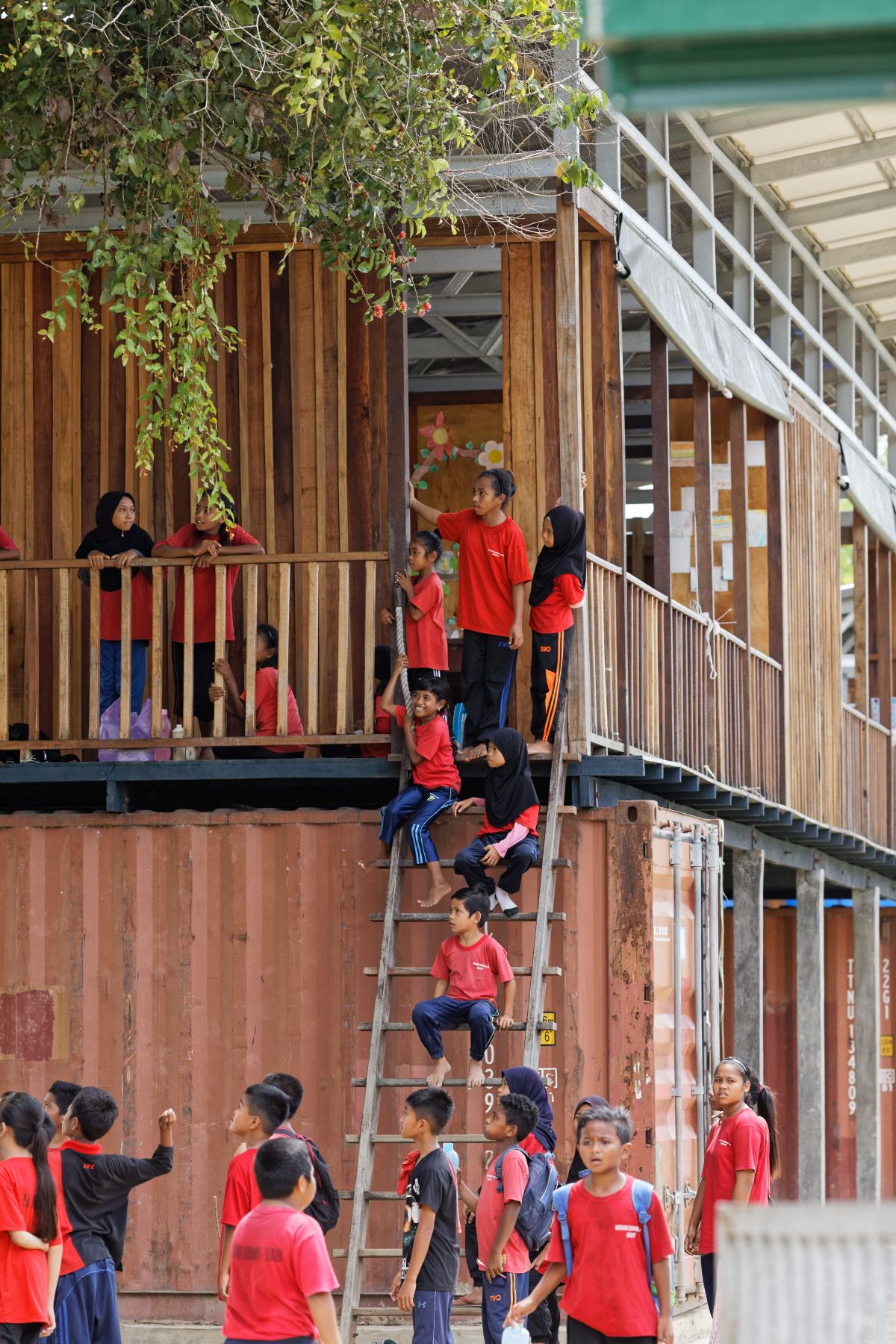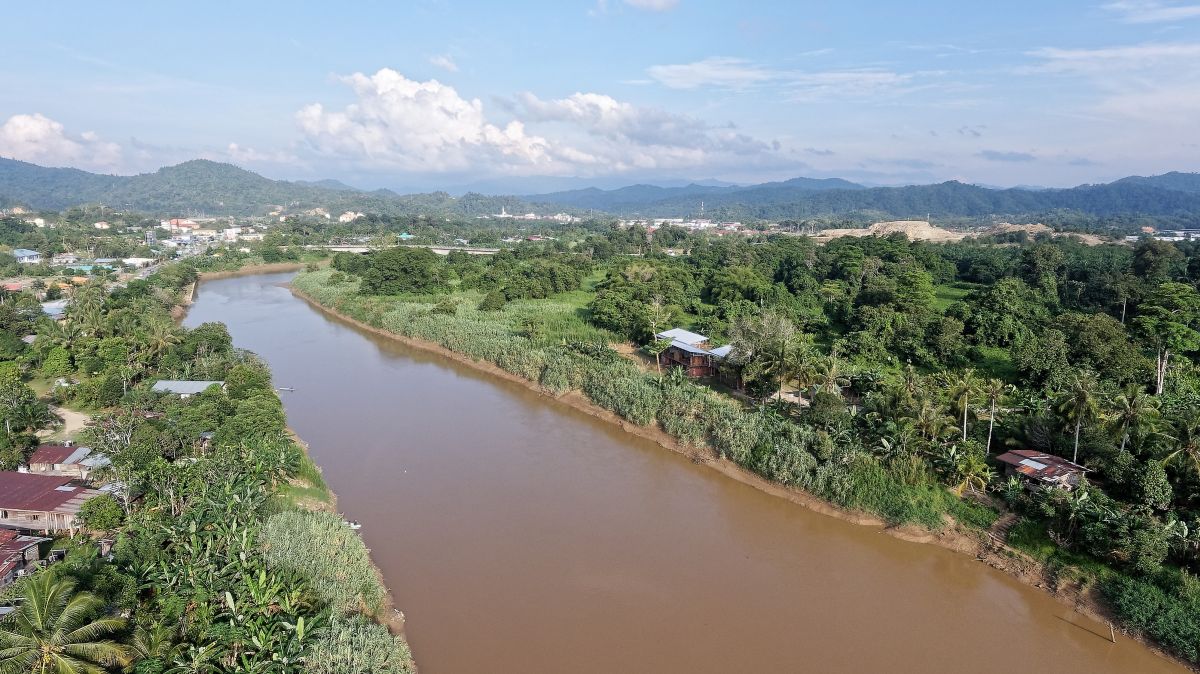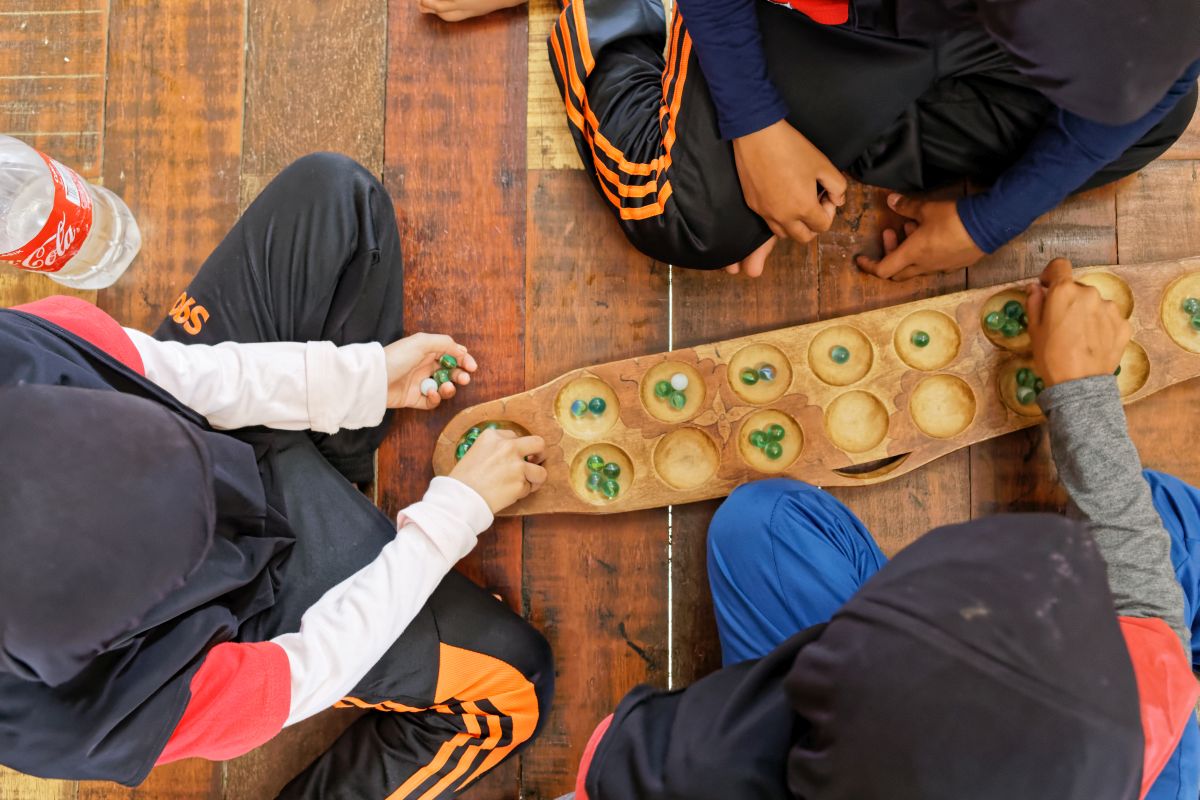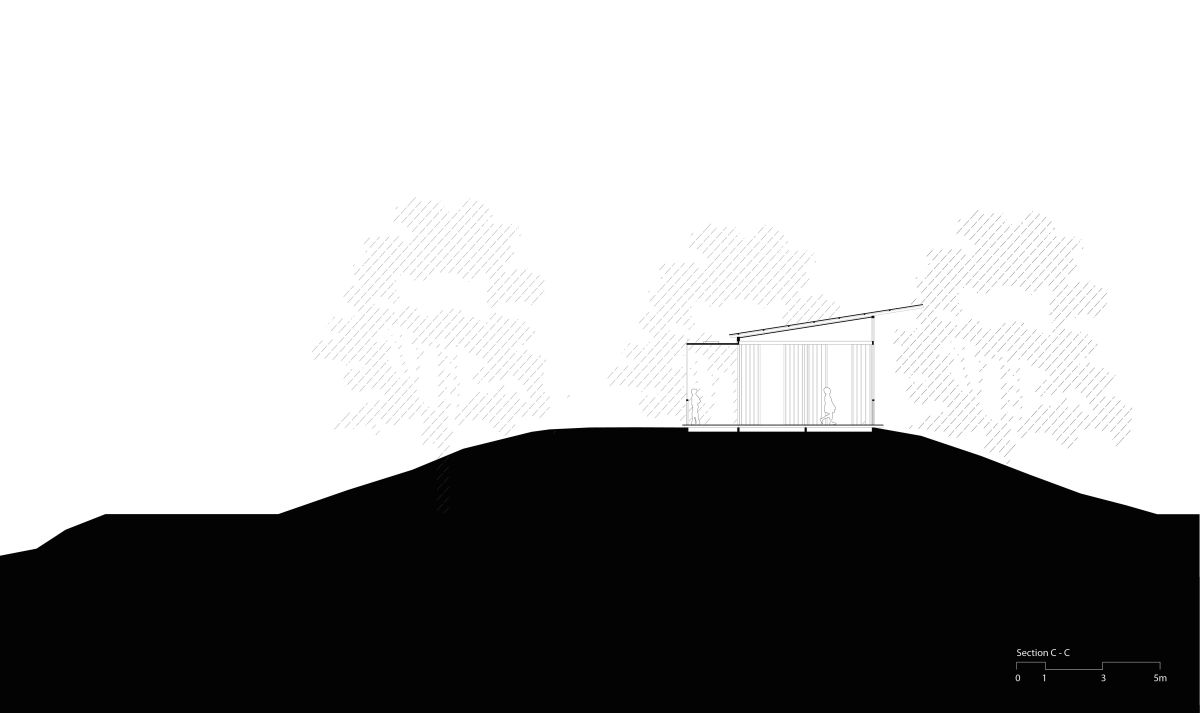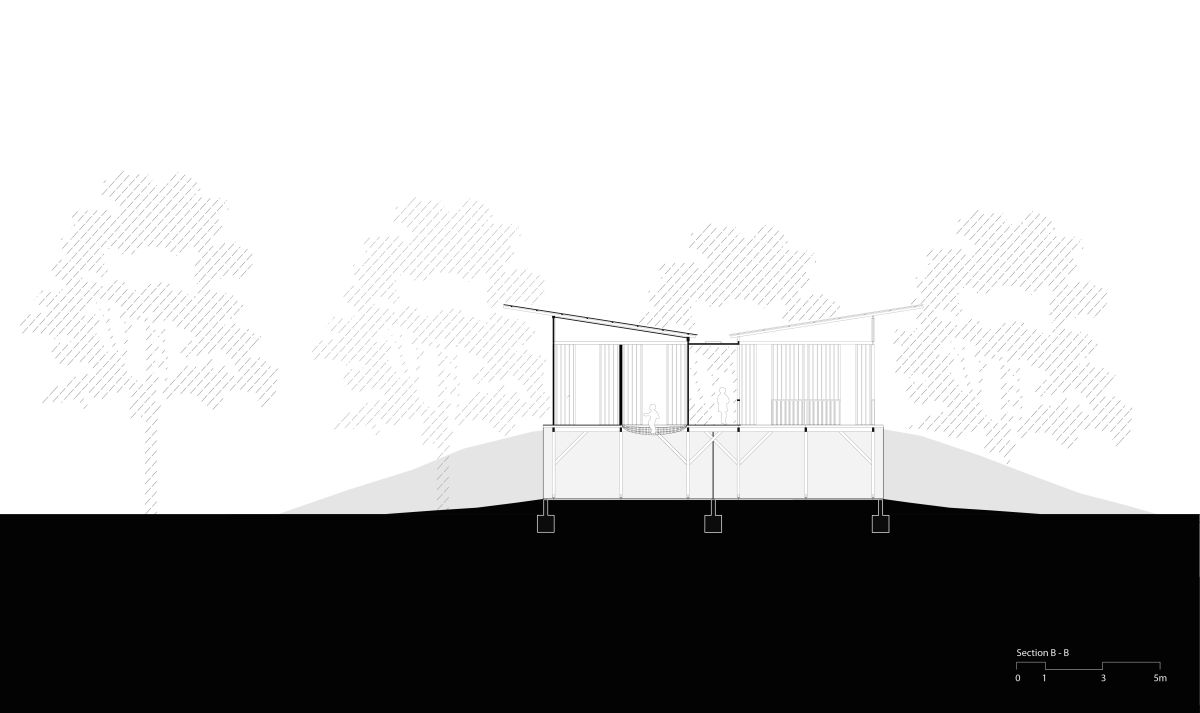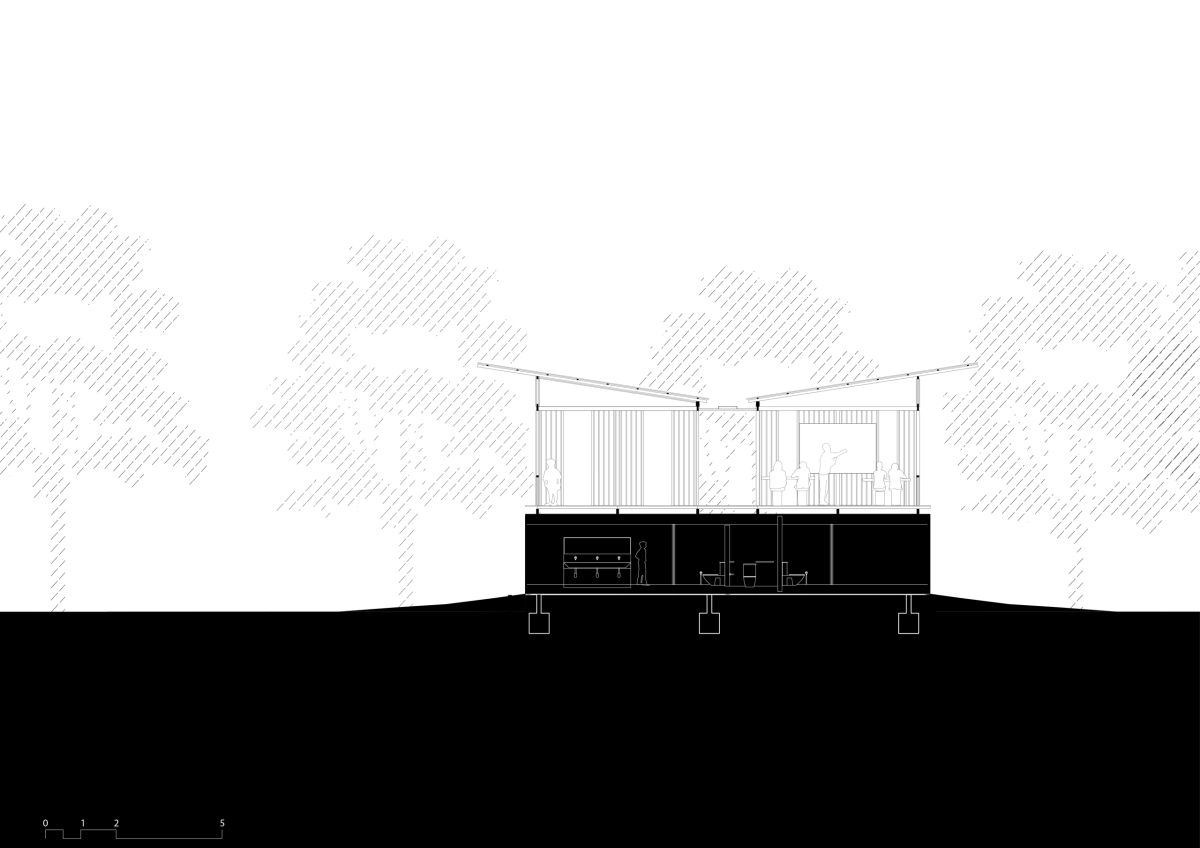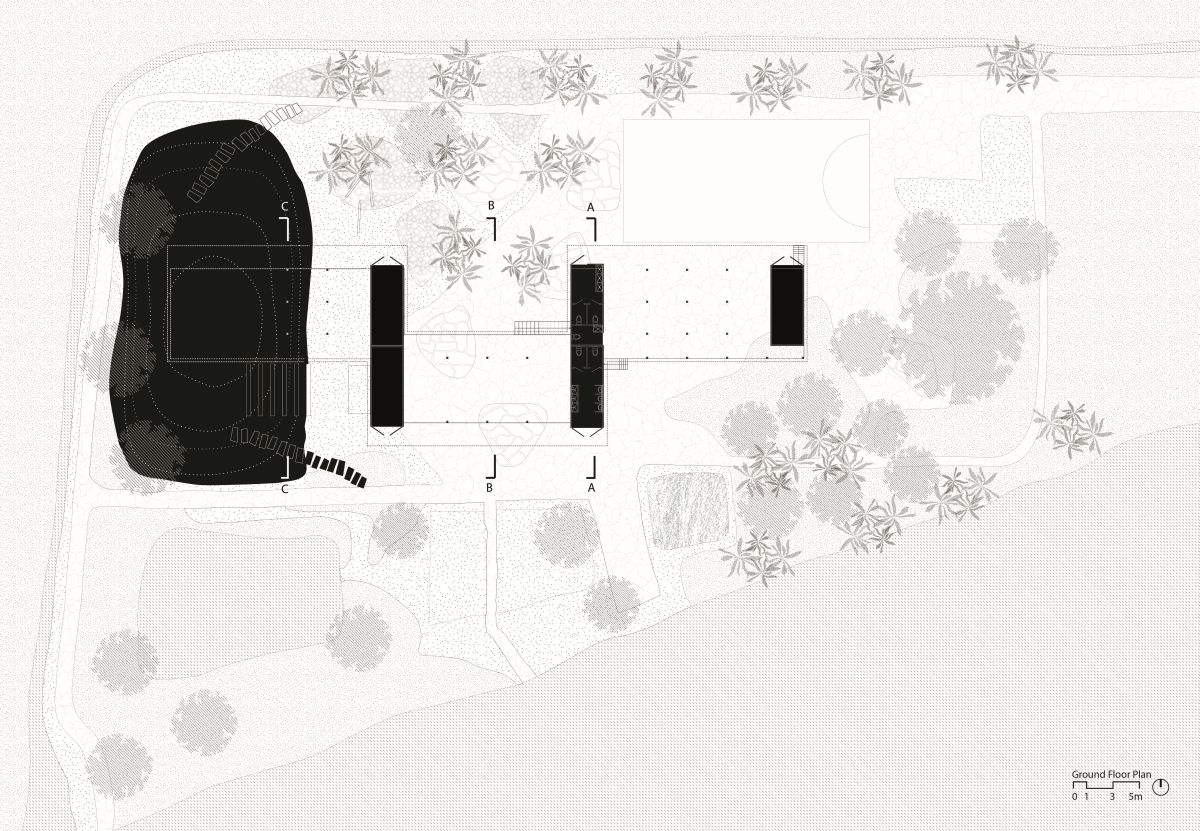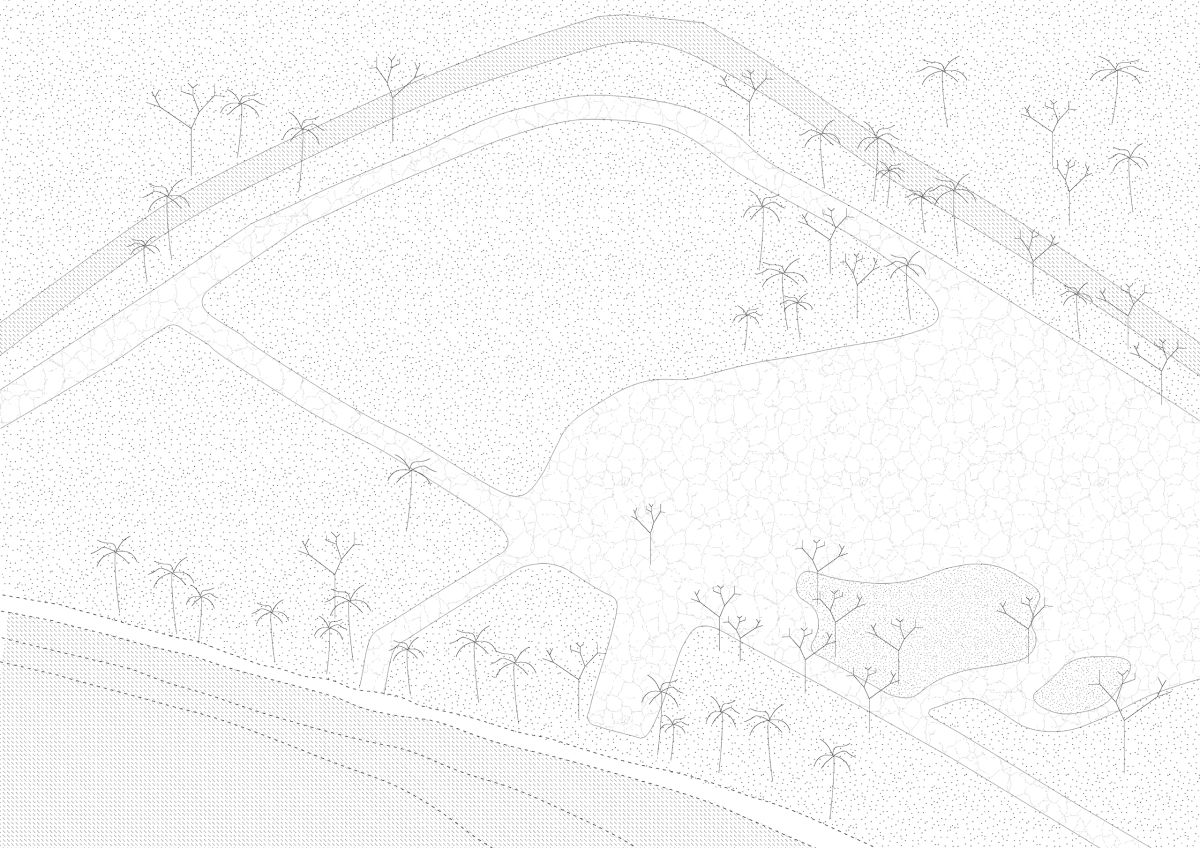In Sabah, Malaysia, many thousands of stateless children have become marginalised due to their legal status. These are mainly children of illegal or legal Indonesian migrant labourers. The migrants come to Sabah to seek an income on the plantations so they can have a decent life.
The Etania schools are learning centres for their children, who have no access to education until a school begins for them. Therefore, the Etania schools run a full learning program, 6 days a week with all the necessary curriculum subjects.
In these learning centres, children have safety, security and happiness enjoying their right to learn. Etania has an ambitious plan to build 30 school across Sabah. They asked billionBricks to prepare a prototype school design for the first school for 350 children aged 5-13.
Environmental Challenges
The school is located along a river with a history of massive floods once every 10 years or so. The destruction of the original rainforest and their replacement by oil palm plantations has increased the flood risk even further. Therefore, the prototype school is, not unlike much of Borneo’s vernacular architecture, raised from the ground. However, the classrooms are here lifted off the ground in an unconventional way.
Recycling
Five decommissioned shipping containers and an artificially created mound from soil excavated for a water harvesting pond, support the classrooms. This minimises the structural components, and stabilises the framework. Additionally, it creates a covered space below the classrooms for a lunch area and gathering space. The containers themselves are used for storage and toilets.
Organisation
The school children can move around the school in multiple ways. The first floor is reached either via a centrally located staircase, two ladders. or from the slopes of the mound. This way, the school becomes a place for exploration and overcoming challenges in line with the educational philosophy of the school.
On the first floor, three blocks are placed alternately on either side of a central verandah. Two blocks contain four classrooms, and the third block on the mound contains the teacher room and library. They are oriented along the east west direction to minimise the heat gain, avoiding direct sunlight hitting the long elevations. This also means that the classrooms all face the river and enjoy a natural draft of air that flows across the rooms in the north-south direction.
Between two classrooms, the children can use two smaller rooms for group work. They are extra spaces that give teachers the flexibility to teach classes, since often multiple years are clubbed into one. One of such rooms is a reading room with a netted floor for children to find a comfortable place to read books.
“billionBricks is a non profit with a vision to end homelessnesss. Give a gift of home at www.billionbricks.org
Drawings –
Project Facts-
Project: Etania Green School
Location: Beaufort, Sabah, East Malaysia
Program: Classrooms, Library, Teacher Rooms, Amphitheatre, Soccer Field
Design Team: billionBricks + Architecture BRIO
Area: 470m2
Client: Matakana Educational Society – Etania Schools
Completed: 2018
Sponsors: Triton, Adobe, Autodesk, Autodesk Foundation, Finalcad, Lenovo
Photographer: Fernando Gomulya
Products: Triton Containers

